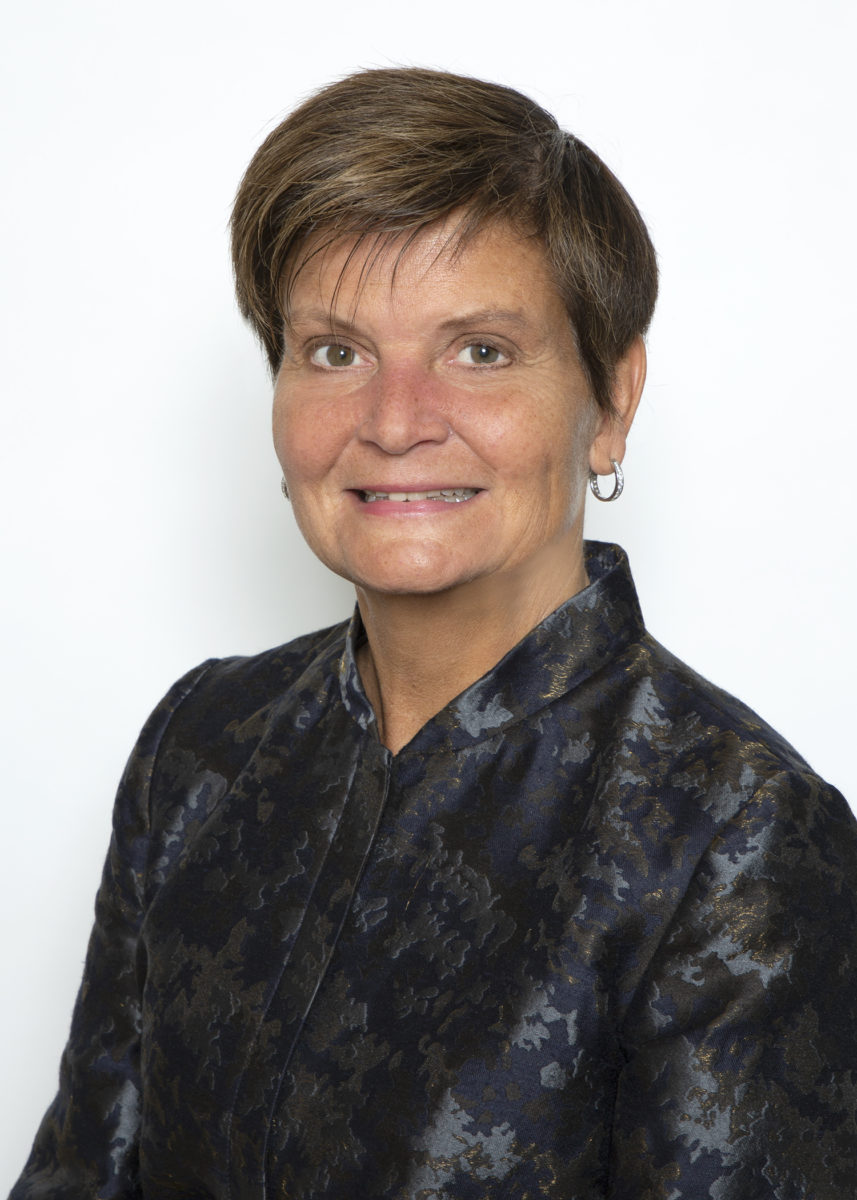
BY DAVID ORTIZ
When my father was diagnosed with cancer he couldn”™t remember the name of the doctor who gave him the diagnosis. All he could recall was that he had an inoperable plum-shaped tumor wrapped around his aorta. Fearing the worst, it is nearly impossible to retain the details a doctor or caregiver shares.
The key is to learn how to be an advocate, not just in terms of treatment, but how to curb cancer costs.
Why? A cancer diagnosis is financially toxic.
While the rise in global health care costs outpaces wages and inflation, the average cost of anti-cancer drugs has reached four times the median household income. Certain cancer therapies cost more than purchasing a house in many U.S. cities.
The skyrocketing pace of increases in cancer care costs prompted the Centers for Medicare and Medicaid Innovation and private insurers to start a dialogue regarding new ways to reimburse for cancer care and how to reform our country”™s health care system. The first step was the Centers”™ Oncology Care Model, introduced in 2016 to reward providers who deliver high-quality care while lowering costs through wiser spending. Through this model, a growing trend has been the introduction of clinical care navigators.
Clinical navigators hold the map to cancer treatments and are highly knowledgeable about the benefits that hospitals and insurance companies may provide to reduce the financial burden of cancer treatments. Acting as a guide, their experience provides patients with the clearest path to the best outcomes, care compliance, timeliness and as a consequence, cost-efficient care.
Studies suggest that clinical navigation leads to improved side-effect screening and prevention, as well as longer-term cost reductions, primarily in early-stage cancers. Navigators also identify potential barriers for patients to comply with cancer treatment. On the other end of the care spectrum, navigators can intervene and help people with late-stage cancers avoid frequent hospital trips by helping them get the right care in the most appropriate setting. This also has significant cost-saving benefits.
This newly improved understanding of standardizing services and the value of people like navigators is essential for improving care and reducing costs. A study published in the International Journal of Radiation Oncology Biology and Physics found that missing just two cancer radiation therapy appointments, even when the full course of treatment was completed, can lead to worse outcomes, including higher recurrence rates and lower overall survival. Failure to cure cancer, as my colleague, Dr. Shalom Kalnicki, says, is the biggest waste of economic resources in cancer care. The expenditures for cancer treatment for a recurrent cancer are close to six times what we spend the first time around and cure rates are more than eight times lower.
Access to a navigator program, in-house or via a contracted service, is a cost-effective layer of support that benefits everyone involved. Employers and insurers are starting to see this value.
In a 2018 national survey of employer-sponsored health plans conducted by Mercer Consulting, employers spent 3.6% more in health benefits in 2017. The ones with fewer than 500 employees saw their costs rise by 5.4%. According to the Northeast Business Group on Health, employers report a level of complexity in managing employees”™ cancer-related needs beyond that associated with any other type of disease or condition. A study in the American Journal of Managed Care found that 6.5% of a corporation”™s total health care costs were spent on incremental care for cancer patients in 1997.
Employer opportunities to enhance services are emerging as payers like the Centers for Medicare and Medicaid Services and private insurers begin to adapt and spearhead new ways to make cancer care more efficient.
The Agency for Healthcare Research and Quality estimates the direct medical costs for cancer in the U.S. were $80.2 billion in 2015. This cost is projected to hit $174 billion in 2020.
If we fail to address the needs of everyone impacted by cancer, we will alienate our patients and needlessly waste precious resources in cancer care. The time is nowfor hospitals, community-based organizations and insurers to work together and look at funding more resources like cancer navigators to improve care and reduce costs.
Dealing with cancer is complex. By working together, we can achieve the kind of high-quality, proactive care that people like my dad deserve and which will meet the needs required for the health care delivery system of tomorrow.
David Ortiz is the director of the Oncology Care Model at Montefiore Health System. He can be reached at daviorti@montefiore.org.




















